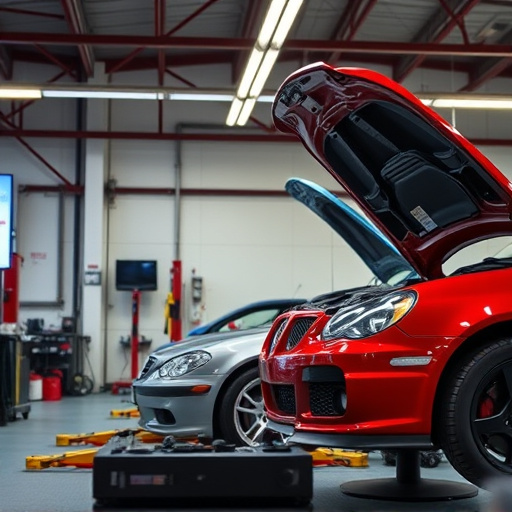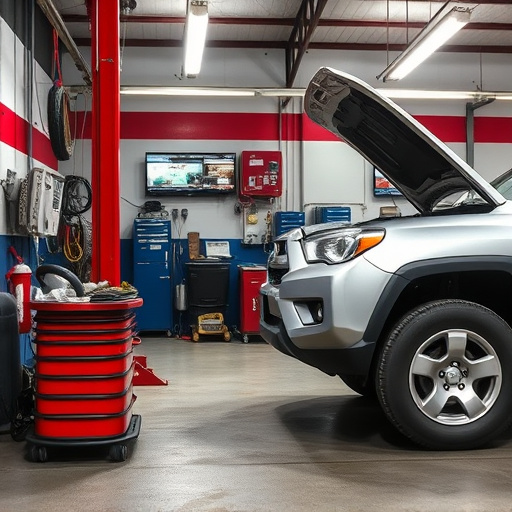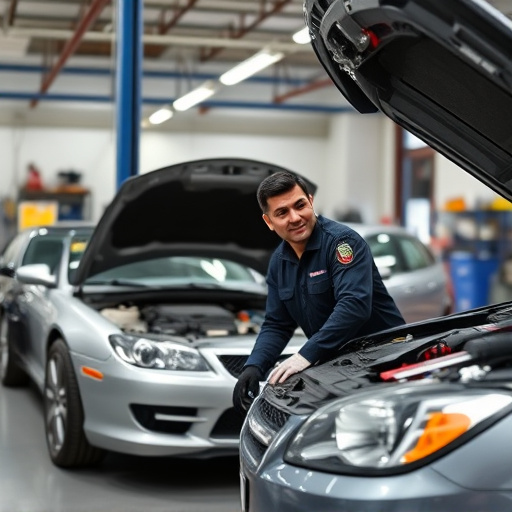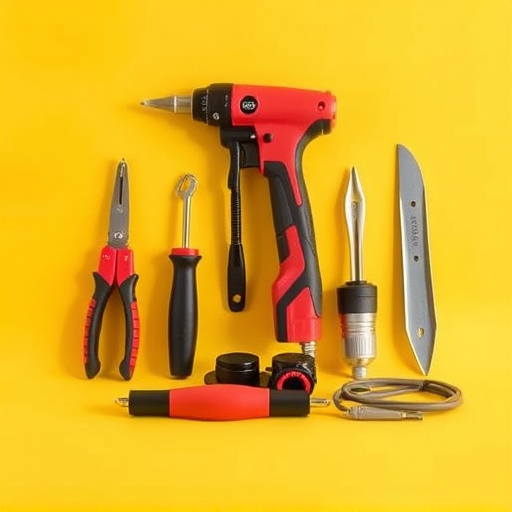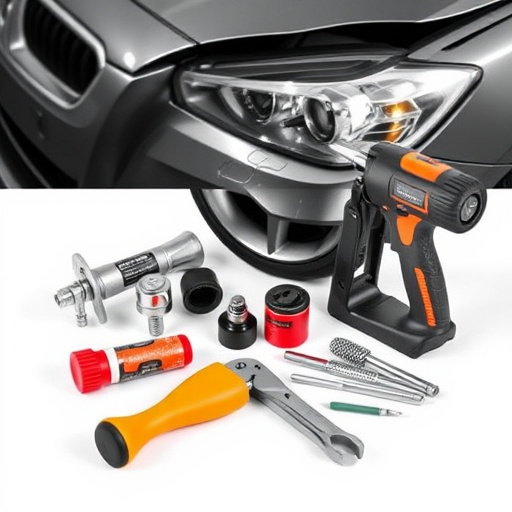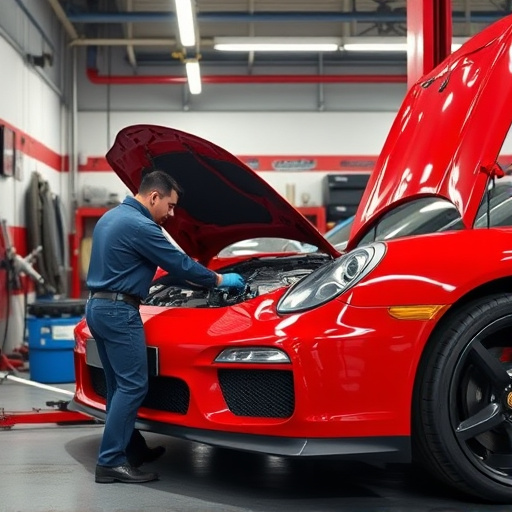Digital-age repair video documentation enhances automotive repair shop efficiency and customer satisfaction through accurate record-keeping, knowledge transfer, and accessible reference for future projects. Advanced editing tools streamline post-production, while structured labeling improves communication and SEO visibility, benefiting both professionals and DIY enthusiasts.
In today’s digital age, effective repair video documentation is essential for shops to streamline processes and enhance customer communication. This article delves into the critical components of repair video documentation, offering insights on understanding requirements, leveraging editing tools, and implementing strategic labeling techniques. By adopting best practices, shops can ensure accurate, efficient, and transparent repair processes, fostering stronger relationships with their customers.
- Understanding Repair Video Documentation Requirements
- Editing Tools and Techniques for Shop Efficiency
- Effective Labeling Strategies for Clear Communication
Understanding Repair Video Documentation Requirements
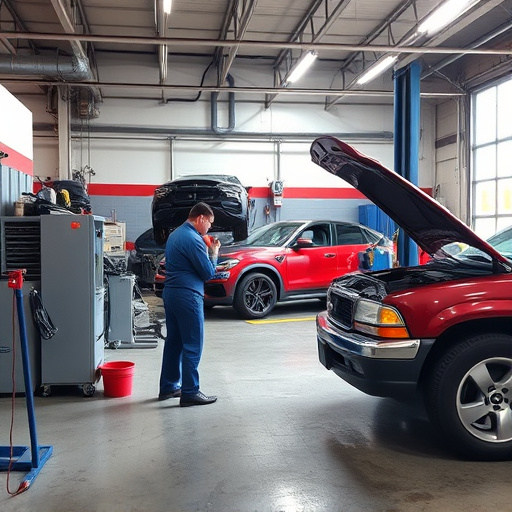
In today’s digital age, comprehensive repair video documentation is becoming increasingly vital for shops engaging in car restoration or automotive repair services. This requirement stems from the need to maintain accurate records and ensure high-quality workmanship. Each segment of a repair process should be meticulously edited and labeled to provide a clear, step-by-step visual guide. Such documentation not only facilitates knowledge sharing among technicians but also serves as a valuable reference for future projects.
When it comes to automotive repair or auto painting, detailed video documentation is essential for tracking progress, identifying potential issues early on, and ensuring that each step aligns with industry standards. By adhering to structured labeling conventions, shops can easily navigate through the repair history of a vehicle, making it easier to duplicate successful procedures and avoid repeating mistakes. This, in turn, enhances customer satisfaction and the overall reputation of the shop.
Editing Tools and Techniques for Shop Efficiency
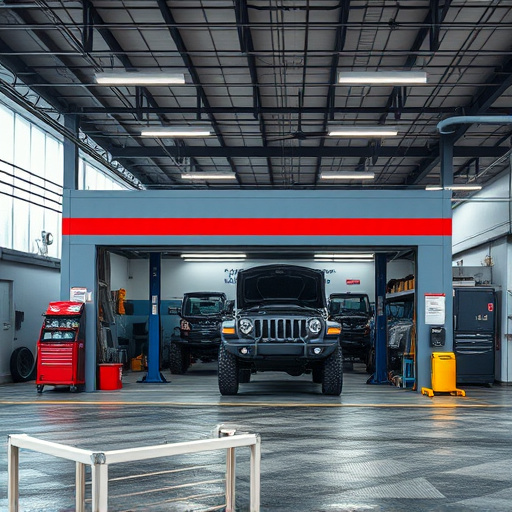
Shops engaged in providing collision repair services leverage advanced editing tools and techniques to streamline their video documentation processes. These tools allow for precise cutting, trimming, and splicing of footage, enabling quick removal of irrelevant segments and emphasis on critical areas, such as damaged components or repair procedures. By utilizing robust software solutions, technicians can efficiently create clear, concise, and informative repair video documentation that enhances customer understanding and satisfaction.
Moreover, effective editing enables collision centers to reduce the time spent on post-production, thereby accelerating turnaround times and improving operational efficiency. This streamlined approach not only benefits individual shops but also contributes to the overall enhancement of the industry by promoting high standards in collision repair services.
Effective Labeling Strategies for Clear Communication
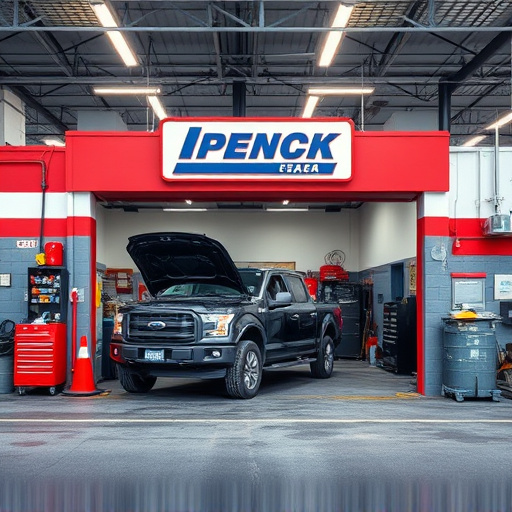
Effective labeling strategies are essential for clear communication in repair video documentation. Each segment should be concisely titled to reflect the specific autobody repairs demonstrated. For instance, a video segment focusing on “Bending and Aligning Panels” provides immediate clarity to viewers seeking vehicle body repair guidance. Using descriptive labels like “Step 1: Assessing Damage,” “Step 2: Initial Adjustments,” and “Final Touches” helps both novice and experienced technicians navigate the process efficiently.
Additionally, incorporating relevant keywords such as “auto repair near me” or “autobody repairs” within these labels can enhance searchability for online documentation. This approach ensures that those seeking guidance on specific vehicle body repair techniques can easily find relevant videos through search engines, making the documentation a valuable resource for anyone from professional shops to DIY enthusiasts looking for help with their auto repair projects.
Shops can greatly enhance their operations by adopting efficient strategies for editing and labeling repair video documentation. By understanding the requirements, utilizing appropriate editing tools and techniques, and implementing clear labeling practices, businesses can ensure accurate record-keeping, improve communication within teams, and ultimately deliver better customer service through comprehensive video documentation. These simple yet powerful steps contribute to a streamlined workflow, making it easier for shops to manage repairs and provide transparent updates to their clients regarding the progress of their vehicles.

